ECDL's Laser Locking System
Introduction
In the realm of atomic and molecualr physics, a frequency stable laser source is a crucial prerequisite for experiments involving quantum computers, quantum gravimeters, BEC, and other applications. In this project, we have developed a cost-effective laser frequency locking system using an STM-32 microcontroller with the objective of addressing the predicament of costly laser locking systems and providing a simple and economical solution to the scientific community. Laser frequency locking plays a crucial role in various applications such as precision spectroscopy, optical communications, and many atomic physics experiments. It is a versatile and cost-effective control system needed for a stable laser frequency that minimizes the frequency drift to well below the optical transition linewidth of the Cs atom ~5.0 MHz. We have used the Dichoric Atomic Vapor Laser Lock (DAVLL) system locking technique to lock our 852nm external cavity diode laser (ECDL). Along with the automatic laser locking system, we have also developed a user-friendly interface using Python for peak selection from the spectroscopy signal.

Hardware Architecture
The hardware architecture consists of two primary components: optics and electronics. The optics generate saturated absorption peaks corresponding to the hyperfine transition of Cesium atoms. This involves utilizing lasers and other optical elements to create specific spectroscopic conditions. On the electronics side, the system reads the Saturated Absorption Spectroscopy (SAS) signal using a photodiode. To achieve the desired spectroscopic information, the frequency of the laser is modulated by adjusting the cavity length of an External Cavity Diode Laser (ECDL). The electronics system further processes the SAS signal, generating an error signal to regulate the laser's cavity length and maintain optimal conditions by implementing a PID controller. This controller operates in conjunction with a Piezo driver, effectively displacing the grating to achieve the required laser frequency.
Optical setup
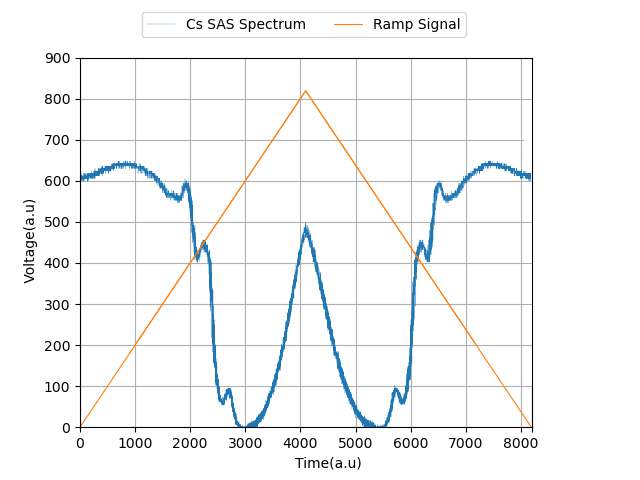
Electronics setup
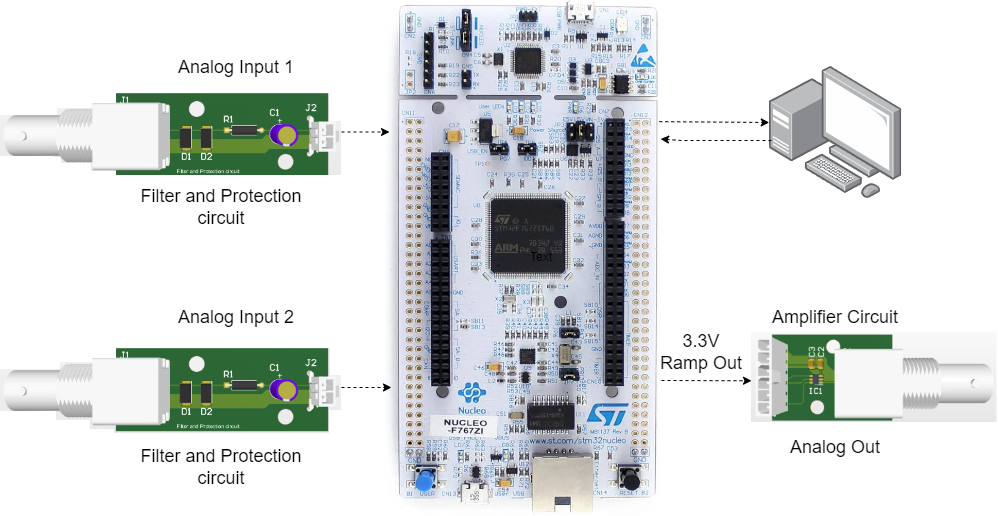
Software Architecture
Lockpoint determination: Way 1
The described architecture follows a straightforward and user-driven approach. The lock point selection involves human observation of the spectroscopy signal within a Jupyter notebook. A microcontroller generates a ramp signal, while the photodiode signal is collected and transmitted to a remote computer through a serial port. Once the data is acquired, basic signal processing is applied to enhance signal clarity. The processed signal is then plotted to determine the lock point. This lock point information is transmitted back to the microcontroller over the serial port, initiating a PID loop to lock the laser at the specified point.Also, in PID loop whenever the accumulator crosses a threshold, it indicates a lock detoriation and then make the user aware to reinitiate the locking process.
In addition, the PID loop incorporates a mechanism to identify any degradation in lock performance. One way to achieve this is by keeping an eye on the accumulator. When it surpasses a predetermined threshold, it acts as a signal that the lock is deteriorating. When this happens, the user is notified to restart the locking process to ensure a consistent and dependable laser lock. This system design incorporates a user-friendly approach that combines human observation, signal processing, and PID control. Its main objective is to ensure laser stability and promptly alert users of any potential issues that may arise.
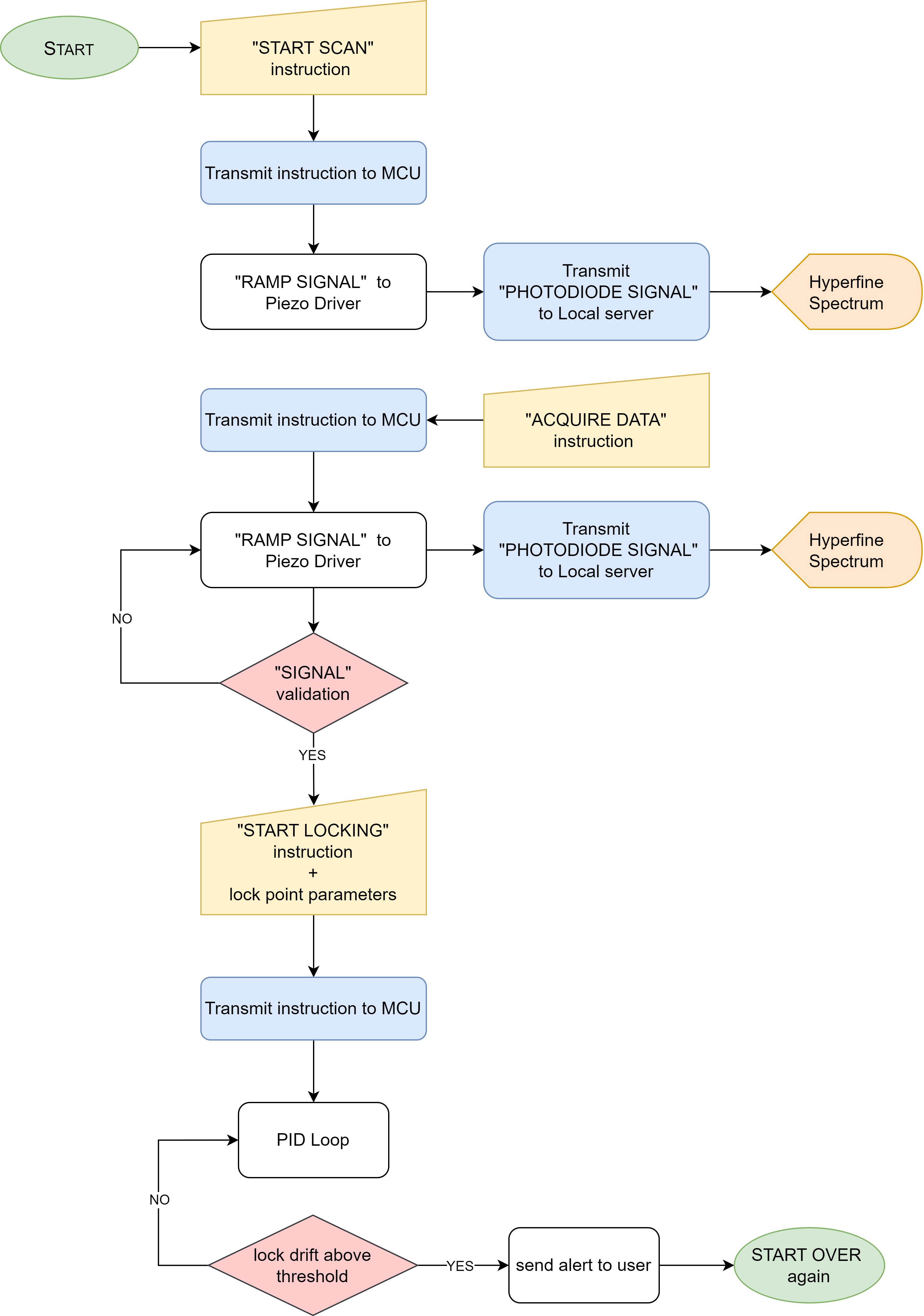
Lockpoint determination: Way 2
In the previous architecture, a human intervention is necessary whenever the lock detoriate or result in unlocked laser state. While human intervention remains an option, autonomous operation necessitates the implementation of a self-sufficient lock point determination system. This system would autonomously identify and establish the lock point, ensuring continuous and reliable operation without the need for human intervention.
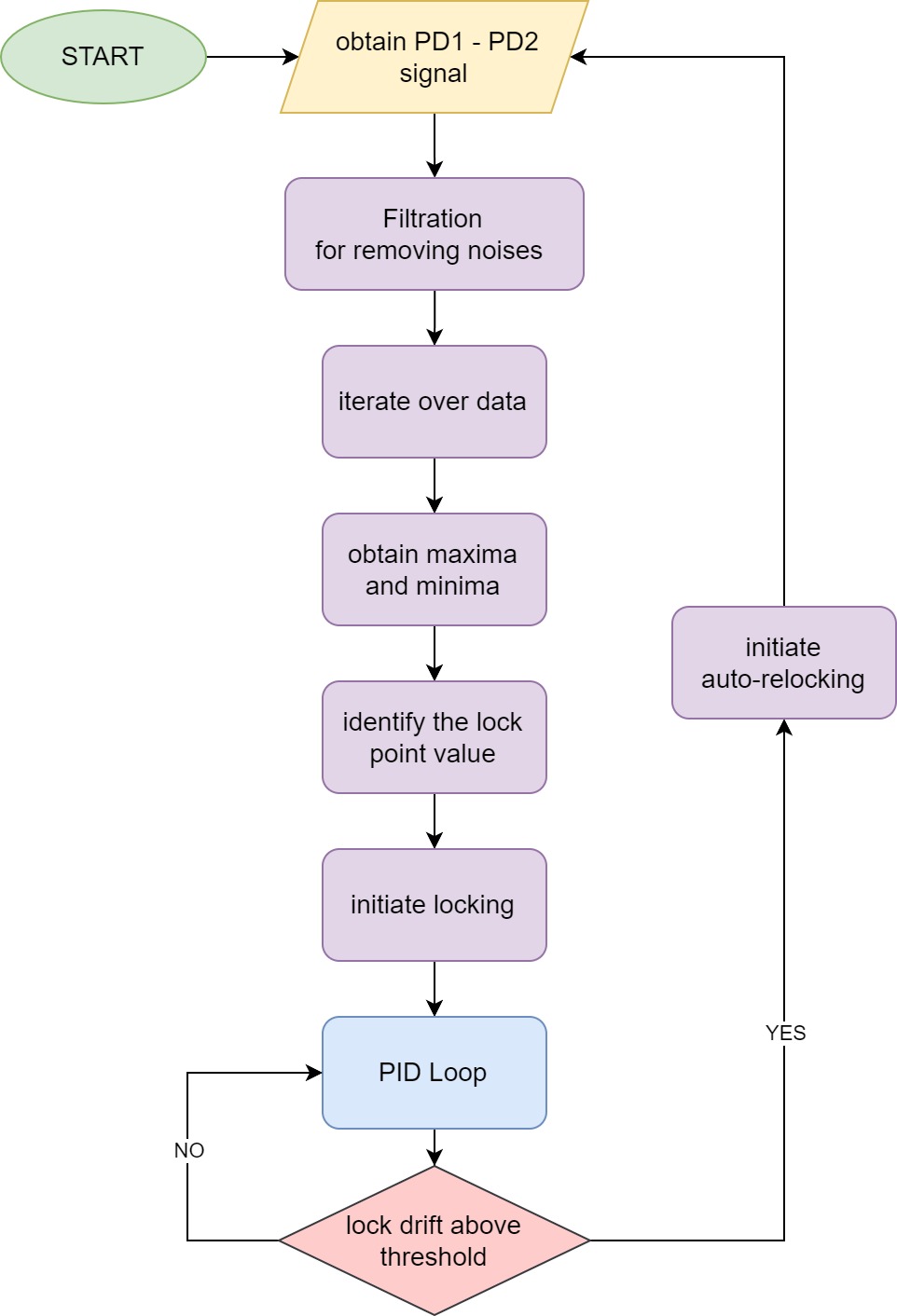
Lockpoint determination: Machine Learning
In the described architecture, the lock point is determined by locating a specific zero crossing point in the PD1-PD2 signal, achieved through the identification of local maxima and minima. While this technique is generally effective, challenges arise in scenarios with noisy signals. Even after filtration, the method may erroneously identify undesired maxima and minima that fall within a specified threshold value (difference between the maximum and minimum on the y-axis).
To address these challenges, an alternative approach involves leveraging Convolutional Neural Networks (CNNs). CNNs are known for their ability to effectively analyze complex patterns and features in data. Implementing a CNN for lock point determination could enhance the system's robustness, potentially mitigating the impact of noise and improving accuracy. This presents a promising avenue for automation within the system, offering a more sophisticated and adaptable solution to identify the lock point autonomously.
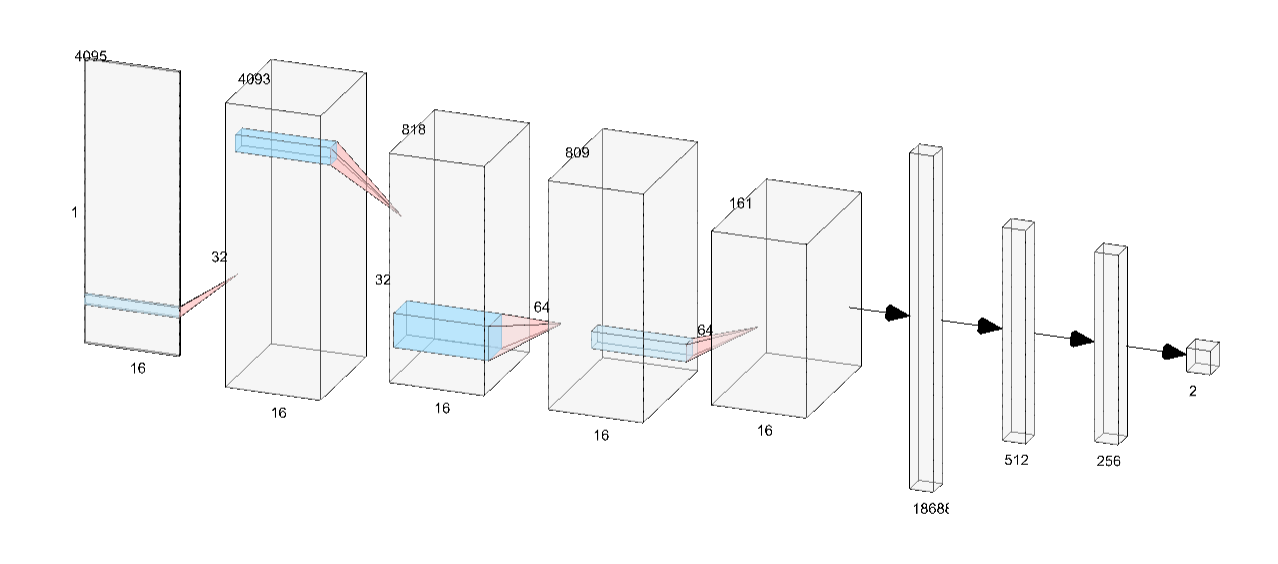
Measurements
Long term stability, allan deviation and other analysis
Acknowledgement
I wish to express my sincere appreciation to my supervisor Asst. Prof. Dr. Santra, (Group head) Cold Atom Quantum Technology Lab, Indian Institute of Technology Delhi, for his guidance at all stages of the project. His guidance gave me immense confidence and encouragement that helped me to give my best and develop a better understanding of the subject. I am thankful to him for the freedom he gave me to explore things on my own. I would also like to thank Deepshikha, Apoorva and other PhD's of CAQT Lab for his consistent guidance.